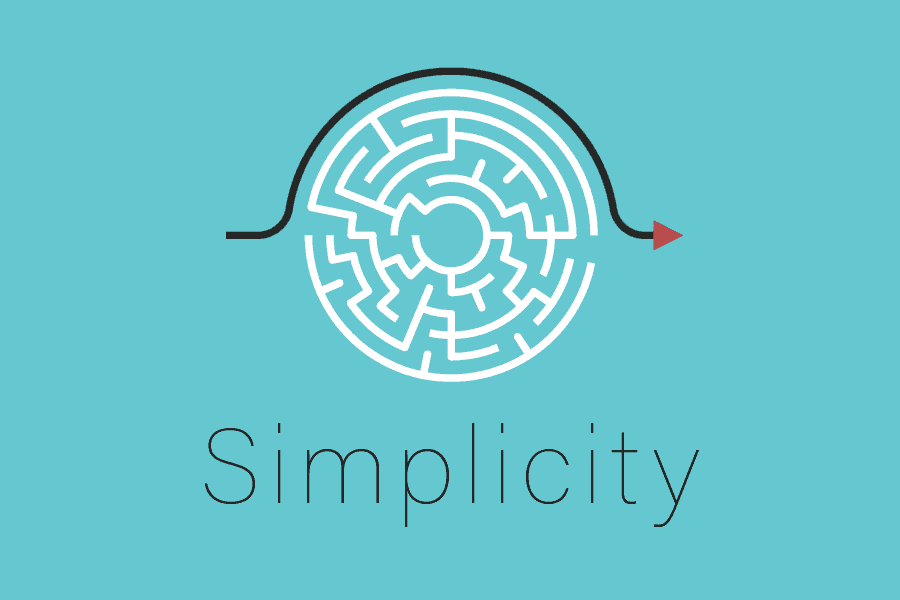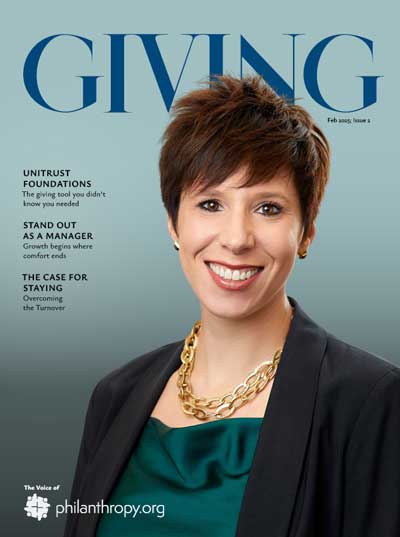You can’t believe how hard it is for people to be simple, how much they fear being simple. They worry that if they’re simple, people will think they’re simpleminded. In reality, of course, it’s just the reverse.
~ Jack Welch, CEO General Electric.
In
business and in life, there is a tendency to think more is better. And I have sometimes fallen into this trap myself.
But as I’ve gotten older, and hopefully wiser, I’ve made a U-turn. My goal now is not to know
everything about a topic, but just the most important things. If I don’t know the answer to a question, I know where I can get it.
I don’t just simplify. I oversimplify. I focus on the critical few and not the insignificant many.
And I’m not the only one. As a society, there seems to be a small but growing trend toward (over) simplifying. Don’t believe me? Just look around. Shows like
Tidying Up With Marie Kondo (in which she helps you pitch out stuff you don’t need) and
Minimalism: A Documentary About the Important Things are all the rage. Stories about “tiny houses” keep popping up in the news.
While I won’t be considering a tiny house anytime soon, I’ve been on the simplification bandwagon for a long time. Especially when it comes to planned giving.
I’ve said time and again that we in the planned giving world need to simplify things for our donors and prospects. They don’t want to know the nitty gritty about CGAs. They don’t need to hear every possible variation and tax implication of a real estate donation. They
do want to know that planned giving is simple; that it can help them achieve their goals and create a legacy.
Websites and publications should be easy to understand and navigate. They must be neat, organized, tidy and manageable. Forget adding calculators and other
back-end tools. Skip the detailed breakdown of
CRUTs and CRATs. Keep visitors focused on
the gift. Instead of recommending gift plans
based on age,
recommend gift plans based on goals and outcomes. This is a no-brainer. (Besides, all of us like to think we’re younger than we are anyhow!)
Instead of recommending gift plans based on age, recommend gift plans based on goals and outcomes.
Keep your designs and communications simple, too. Don’t get too caught up in the details. I once heard a vendor spend an enormous amount of time explaining what font one must choose when putting together a
newsletter. Geez, maybe he can help me alphabetize the canned veggies in my pantry, too!
The fact remains that 50% of the impact of a mailing campaign is based on the quality of the list, and 40% is based on what you say and how you say it. The look and feel make up just 10%. So don’t obsess over design!
At the same time, remember that your prospect is not dying (
pun intended) to read a boring planned giving newsletter filled with canned content that explains how she’ll part with her wealth after her death. (Which means the font doesn’t matter anyway… In fact, if you’re still considering using
planned giving newsletters, you have to advance yourself beyond 1991.)
Keeping one’s mind clear and uncluttered is of paramount importance. Energy levels are highest when you’re focused on what matters most. That is why short,
targeted postcards,
personalized solicitation letters, and interesting
articles in your publications are far more effective (especially if you highlight donors at the same time) than long bromides on gift plans.
In short: Don’t just simplify.
Oversimplify. Your donors (and your boss) will thank you.
Look how we have simplified these
gift planning vehicles.
Categories:
Planned Giving Marketing,
Marketing



